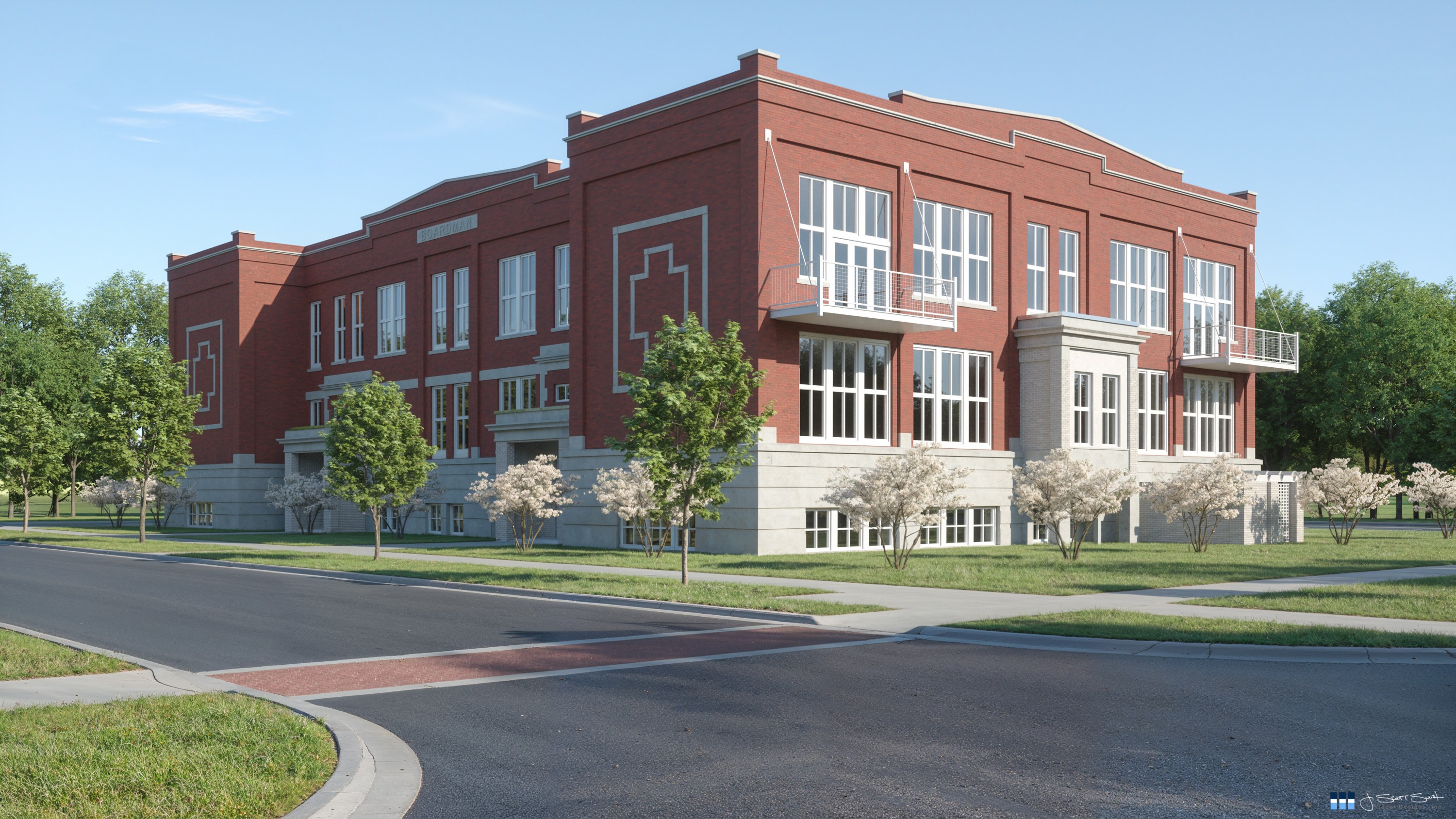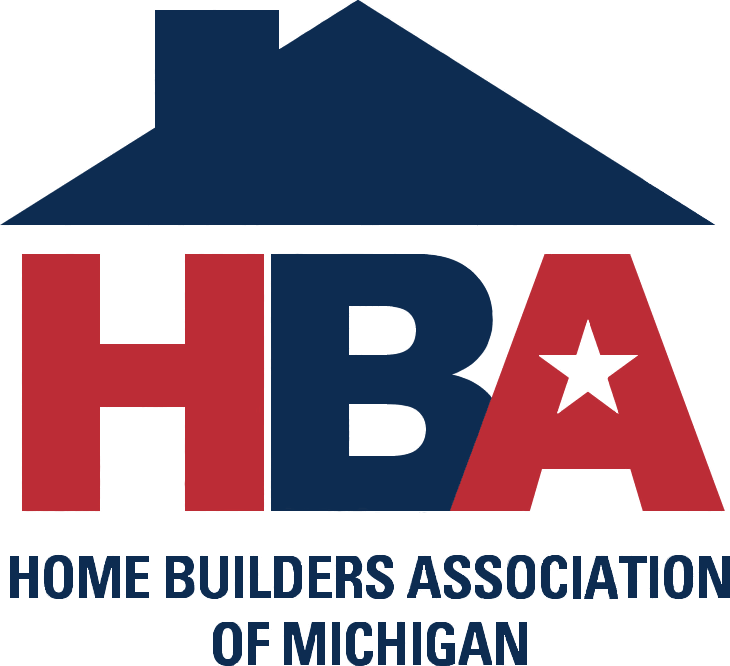Expanded Incentives for Housing Development

Expanded Incentives for Housing Development
Michigan's Housing TIF Explained
 Back in fall 2021, Michigan Builder published an article describing a workaround that helped builder John Bitely of Sable Homes construct infrastructure for new homes using brownfield tax increment financing (TIF) on property that was not a traditional brownfield. John temporarily sold his property to a local land bank authority, making it eligible for brownfield TIF. It was an imperfect solution, but it helped John keep home prices in his new development at around $200,000.
Back in fall 2021, Michigan Builder published an article describing a workaround that helped builder John Bitely of Sable Homes construct infrastructure for new homes using brownfield tax increment financing (TIF) on property that was not a traditional brownfield. John temporarily sold his property to a local land bank authority, making it eligible for brownfield TIF. It was an imperfect solution, but it helped John keep home prices in his new development at around $200,000.
Less than two years later, Michigan’s Legislature amended Act 381, the Brownfield Redevelopment Financing Act, and created a new category of TIF specifically for housing development. The workaround was no longer needed. This has been a game changer for Michigan’s housing developers.
The 2023 housing TIF amendments expanded both the definition of a brownfield and the eligible activities a developer can be reimbursed for. Traditional brownfields are contaminated, blighted, functionally obsolete, historic, tax reverted, or owned by a land bank. Now, any property – regardless of its history or condition – is eligible for brownfield TIF incentives if it will be developed with at least one housing unit for a household earning up to 120% of that county’s Area Median Income (AMI).
Eligible activities were expanded too. For almost 30 years, brownfield TIF has been used for environmental costs, demolition, and in some select locations, for public infrastructure and site preparation. Now, any housing project is eligible for site preparation and public or private infrastructure, regardless of its location. Any housing cost – whether the project is rehab or new construction – is an eligible activity if the development has a financing gap. TIF can still be used for environmental and demolition costs in housing projects.
To access brownfield TIF, developers must develop a brownfield plan and an Act 381 work plan (or a combined plan) and seek approval from a local brownfield redevelopment authority and, typically, the State of Michigan. Housing plans are generally approved by MSHDA, but if environmental costs or commercial development is part of the plan, the Michigan Economic Development Corporation and/or Michigan Department of Environment, Great Lakes, and Energy may also need to approve the plan. The entire process may take as little as three or four months or could be several months, depending on project complexity and local brownfield authority requirements.
Pre-development property taxes paid to local and state governments | $10,000 |
Post-development property taxes | $100,000 |
Tax increment, reimbursed to the developer for eligible activities | $90,000 ($100,000 minus $10,000) |
When $100,000 in property taxes are paid by the property owner, the local government keeps the $10,000 original baseline amount and reimburses the $90,000 increment to the developer. | |
Under a brownfield TIF plan, a developer is reimbursed the difference between the property’s pre-development property taxes and the new post-development property taxes for eligible activities. For example, if you own vacant land and pay $10,000 a year in property taxes, then you develop it and the improvements increase your property taxes to $100,000 a year, the tax increment is $90,000. If your eligible activities total $900,000, you would be reimbursed $90,000 a year (the tax increment) for 10 years, until you are fully reimbursed for your eligible activities. Local and state governments still collect the original $10,000 a year.
Other Incentives
Michigan’s legislature also passed new housing tax abatements and raised income limits for Payment in Lieu of Taxes (PILOTs) in 2023. Both can be layered with TIF to help with cash flow. Since the tax abatements are limited to 12 years and TIF plans can be up to 30 years, TIF is usually a higher return. However, in locations that are not served by a local Brownfield Redevelopment Authority (which is required to approve brownfield TIF), tax abatements or PILOTs are options to consider. Like TIF, neither of these is a good fit for homes for sale.

Click here to read further about how these incentives are being used to develop workforce housing in Michigan.
Susan Wenzlick is a northern Michigan-based Senior Brownfield Specialist for Fishbeck and works with both brownfield authorities and developers to use TIF on housing development projects.
